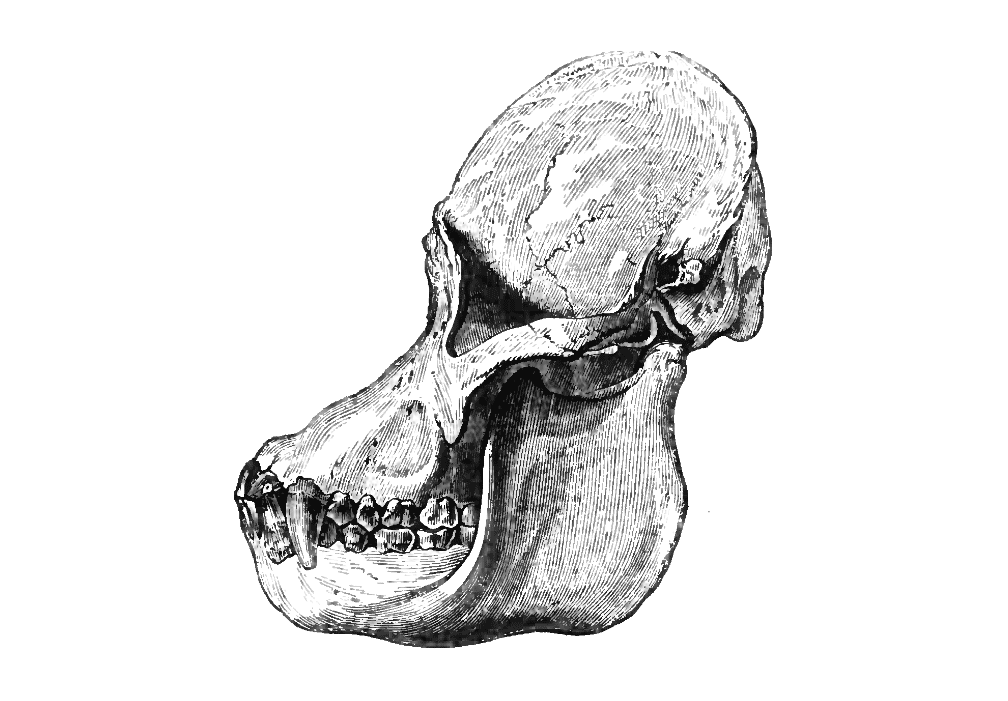<![CDATA[The causes of the sudden cultural boom that set mankind on the road to civilisation are shrouded in mystery. However, a recently published paper written by a team of American archaeologists provides a biological explanation for this important social progression. The researchers have been busy analysing over 1,400 ancient and modern human skulls. The projects leader, Dr. Brian Hare, believes that a decrease in testosterone level and the development of a more feminine skull shape coincided with the abrupt evolutionary jump. The paper argues that rather than a coincidence, the two events are related. Some 200,000 years ago the first modern humans evolved. However the first 150,000 years of our existence left no traces of the characteristics we associate with early civilisation. Between 40,000 and 50,000 years ago the first signs of primitive development can be seen, such as bone and antler tools, grindstones, early projectile weapons, the use of fire and fishing. These steps were the crucial starting point towards the formation of societies and technological development. Although the process of our progress from these early steps can be charted, the causes for the initial ‘Great Leap’ are much harder to pinpoint. Some explanations include the formation of language, or growing population density, triggering the sharing of ideas and techniques. These anthropological explanations make some sense, but they tend to fail in explaining why interactions changed so dramatically, why did humans begin working together? Decreasing testosterone could go some way to explaining this key shift. The hormonal reduction could have led to crucial personality changes. Aggression would have been reduced, leading to kinder and gentler humans, more capable of cooperation with others and facilitating the development of art and technology. As one of the reports leaders Robert Cieri said in a press release, “The modern human behaviours of technological innovation, making art and rapid cultural exchange probably came at the same time that we developed a more cooperative temperament.” Hormonal effects on behaviour can be observed by looking at the animal kingdom, and particularly at our closest primate relatives. Chimpanzees have a spike in testosterone levels when they hit puberty. This leads to a personality change, as they become competitive and aggressive, challenging for supremacy with other males. Conversely, male bonobos do not have the same high testosterone levels making them more relaxed and less aggressive. By analysing a plethora of human skulls from different periods of history, the researchers were able to pinpoint several trends in brow ridge projection, facial shape and cranial volume. Brow ridges, a reliable indicator of testosterone levels, consistently reduced from the Middle Pleistocene era to Late Pleistocene, and are even smaller in modern examples. The facial shape of the later skulls was also found to be smaller and rounder. Various studies of other animal species have highlighted the relationship between testosterone levels and physical appearance. A group of Siberian silver foxes that was selectively bread to develop tameness and friendliness towards humans went through physical changes including a change in the size and shapes of their skulls, with an accompanying reduction in testosterone levels. Such differences are also apparent in domesticated pets such as cats and dogs. The scientists are unsure whether the hormonal changes were caused by a reduction in the amount of circulating testosterone, or by a smaller amount of testosterone receptors. However, the study can maybe provide some important answers as to why mankind became more social, and started on the path to who we are today.]]>
New Study on Mankind’s Road to Civilisation
